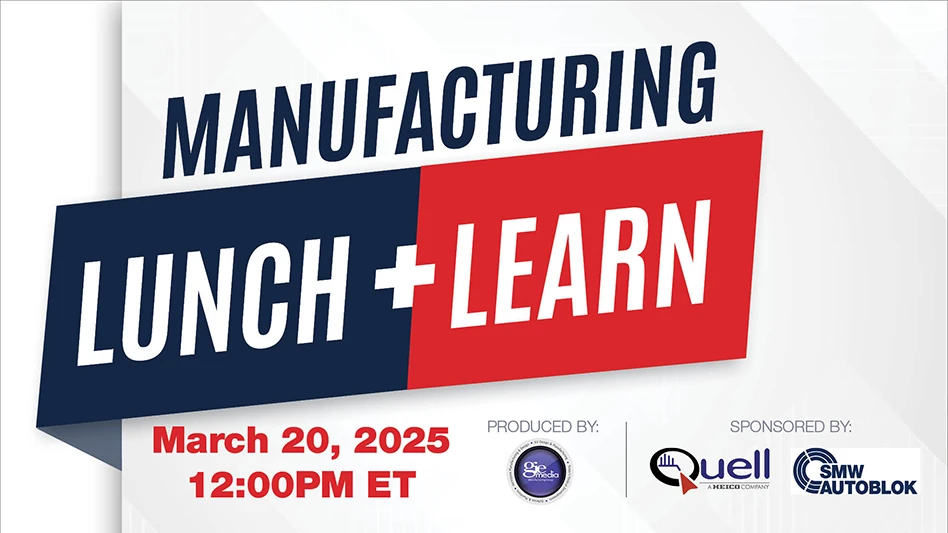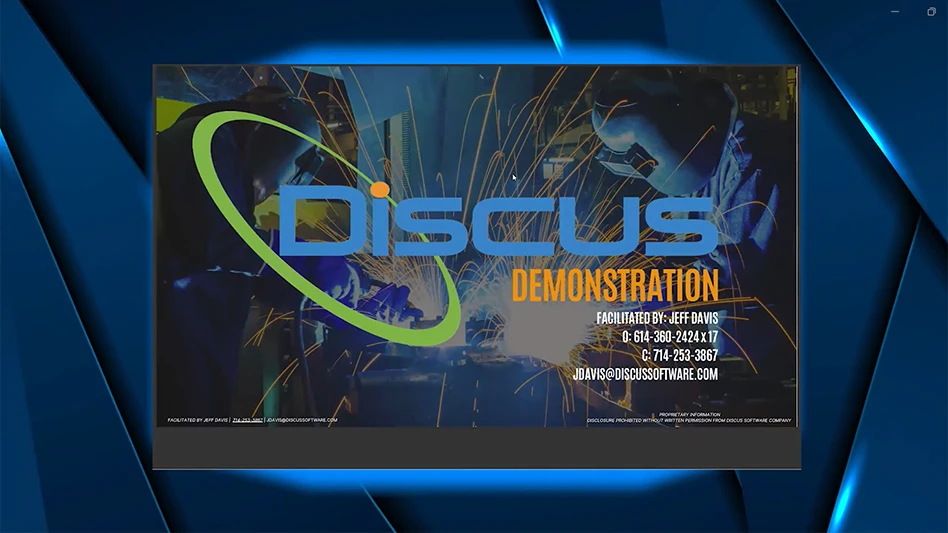 PCB assemblies in queue, already through SMT and reflow, are readied for a second process. PCB assemblies in queue, already through SMT and reflow, are readied for a second process. |
This is the second in a three-part series about the history, current status, and future direction of the electronic manufacturing services (EMS) industry. Part I covered the evolution of large EMS providers from their origins as small contract manufacturers focusing on assembling prototype circuit boards for the aerospace and defense industries. A number of market and technology factors enabled major growth and services diversification by a handful of EMS companies, enabling them to succeed in the dot-com era. This part of the series begins with the repercussions of the dot-com collapse, describing the ensuing development of strategic relationships between major EMS firms and their aerospace and defense customers.
Dot-Com Collapse
The dot-com speculative bubble, which had fueled rapid growth in technology sectors such as networking and telecommunications, came to an abrupt end in 2000. The ambitious plans to support high-speed fiber optic cable to every private residence were abandoned. To save money, networking and telecom companies, among others, began to move manufacturing to regions of the world with lower labor costs. In fact, only a few major industries using electronics had sufficiently high profit margins to support domestic production. These included aerospace, defense, medical, which justified their higher margins based on higher risk.
The situation facing large EMS providers was worrisome. They had built their growth and success primarily on manufacturing for the networking and telecom sectors, which were moving production overseas. At the time, EMS companies, such as Jabil Circuit, derived most of their revenue from manufacturing in the United States. Now these companies faced a shortfall in domestic work, exacerbated by the significant overhead represented by their extensive U.S. infrastructure. Jabil faced some hard decisions. Like other large EMS firms, its profit margins were nowhere near as high as those of its customers, primarily because its core value proposition to OEMs was based on cost advantages. Facing these issues, Jabil realized it was imperative to find a new target market to replace the business lost from the networking and telecom companies. Even though, historically, most EMS companies had avoided work with aerospace and defense OEMs – due to increasingly stringent regulatory requirements and extensive bureaucracy – Jabil recognized that these companies now offered a solution. Jabil initially identified just one of its U.S. facilities, staffed by highly skilled workers, as suitable to provide electronics manufacturing services to the aerospace defense and industries.
Fortunately, for Jabil and its peer companies, the defense and aerospace sectors had not progressed technologically at the same speed as the EMS industry, which had kept pace with rapid advancements in commercial electronics. The dot-com era had enabled high-quality, reliable electronics to be developed quickly and produced in such high volumes that their costs had been driven down dramatically. In contrast, the aerospace and defense companies required years and very large budgets to develop and build specialized electronics.
The Game Changes
While recognizing that it could leverage its state-of-the-art electronics manufacturing expertise and cost advantages to win business in the aerospace and defense market, Jabil faced important hurdles before it could begin offering services to these customers. With their rigorous standards, these industries demanded compliance with specific requirements, including the AS9100 quality standard. More challenging was the need to invest in previously unnecessary capital equipment, such as conformal coating machines, to meet the stringent standards common in aerospace and defense for circuit board performance and resilience. Up-front investment was a new experience for EMS companies; customers in the commercial electronics sector typically underwrote this financial risk by guaranteeing certain production volumes or providing enough immediate business to justify funding for new equipment or staff. Equipment and quality compliance were not the only areas of investment. EMS companies now faced the legal and regulatory complexities of government contract work, including ensuring compliance with Federal Acquisition Regulations (FARs) and Defense Federal Acquisition Regulation Supplements (DFARS). It was necessary to hire specialized regulatory professionals, attorneys, and contract experts.
 Inspecting PCB assemblies as they come off a high volume line. Inspecting PCB assemblies as they come off a high volume line. |
However, the EMS firms were not the only ones that had to make changes to their business practices and strategies. Aerospace and defense companies also had to adjust as they began using EMS services. One area of change was from the OEMs' perspective: the realization that EMS companies offered equipment, infrastructure, and staff that surpassed theirs. Years of working with technology companies had equipped EMS companies to provide state-of-the-art electronics capabilities. Of course, this was a positive revelation for OEMs, adding to the core value of fast turnarounds at desirable price points for which EMS companies were known.
Still another area of adjustment by aerospace and defense companies was in contracting. Traditionally, these firms expected their vendors to sign contracts with little or no objection. However, large EMS companies, with extensive financial exposure and slim margins, frequently entered into long and protracted negotiations with OEMs to clearly understand and carefully delineate risks, which they would assume. This forced OEMs to take on some of these risks themselves.
Ultimately, OEMs' business models changed dramatically. EMS companies enabled them to replace fixed costs of owning their own facilities with variable costs, move away from traditional vertical integration, and, to ramp up production quickly if needed.
Strategic Partnerships
There was one final, key issue to resolve before OEMs could feel comfortable engaging with EMS companies. The elephant in the room was the question of what would happen when the telecom and networking industries bounced back. Would EMS companies desert their new customers?
The answer from Jabil and others was that: while networking and telecom would rebound, the manufacturing for these industries would be concentrated in lower cost regions of the world. Therefore, EMS companies could commit to using their U.S. facilities for aerospace and defense work over the long term.
OEMs were not in a position to make a commitment to provide contract work to EMS companies over a given period – due to the uncertainties of government funding programs – nevertheless, they were willing to establish long-term, strategic partnerships with them as the preferred engagement model.
This model has become the gold standard. It is based on mutual trust and confidence that stems from shared benefits and commitment. On the OEM side, aerospace and defense companies appreciate the capabilities, expertise, proven track record, and flexibility of EMS companies, which can deliver favorable costs, fast turnarounds, and seamless scalability. EMS providers appreciate the continuity and stability of aerospace and defense companies, which help ensure that the relationships will endure well into the future.
 The assembly is going through a reflow oven, a process that heats the solder paste molten, and then hardens around the parts on the board. The assembly is going through a reflow oven, a process that heats the solder paste molten, and then hardens around the parts on the board. |
Value to Aerospace/Defense
In the decade since EMS companies committed to the aerospace and defense industries, the importance of their value proposition – particularly cost savings – has grown. At the same time, the scope of the EMS offering has expanded, adding significantly greater value.
In the past, cost control was not as crucial an issue for aerospace and defense projects as it is today. However, many of the components and parts now used in projects are no longer unique or limited in availability, but rather are sold commercially. The electronics industry spurred mass production of hardware, leading to generic products and stiff competition that have driven down prices. Governments expect their vendors to take advantage of these cost savings. Another cost reduction factor relates to public scrutiny of project cost overruns, such as joint Mine Resistant Ambush Protected (MRAP) fighting vehicles. Therefore, OEMs and other major suppliers are under greater pressure to find cost-effective parts for their projects. Over time, large EMS companies have expanded their services offerings to further meet customer needs, optimize the manufacturing process, and further drive down costs. For example, EMS companies now strive to be involved from the initiation of a project and throughout the product lifecycle, participating in design phases (including design for manufacturability and assembly), selection of components and suppliers, rapid prototyping, and aftermarket services (repair, warranty work, disposal), in addition to manufacturing.
As these strategic relationships have strengthened, some large EMS providers have been given direct shipping authority by their customers, enabling them to deliver electronic components to the ultimate user without having to go through the OEM at all. This is an excellent example of process optimization that accelerates speed and reduces costs, such as avoiding warehousing and decreasing order lead time.
Conclusion
Aerospace and defense are strategic and growing markets for major EMS providers. These relationships have come a long way from the initial, tactical decision to target aerospace and defense electronics work as replacements for networking and telecom projects. Today, there is mutual respect, trust, collaboration, and benefit. By offering a full array of services in addition to core advantages of speed, cost, reliability, and quality, EMS companies have solved key problems for OEMs. In return, aerospace and defense customers have provided EMS firms with a reliable source of profitable business.
In the next part of this series, we will explore the future of the relationship between EMS companies and the aerospace and defense industries, including new services, capabilities, and technologies.
Jabil Defense & Aerospace Services St. Petersburg, FL
jabil.com
Get curated news on YOUR industry.
Enter your email to receive our newsletters.
Explore the November December 2011 Issue
Check out more from this issue and find your next story to read.
Latest from Aerospace Manufacturing and Design
- Philatron MIL-DTL-3432 military cables
- Beyond Aero refines its hydrogen-electric light jet
- Americase's advanced protective solutions
- Social media - what are your thoughts
- GE Aerospace secures Air Force engine contract
- Thomson Industries' online sizing and selection tool
- #53 - Manufacturing Matters - 2024 Leaders in Manufacturing Roundtable
- Join us for insights on one of the hottest topics in manufacturing!






